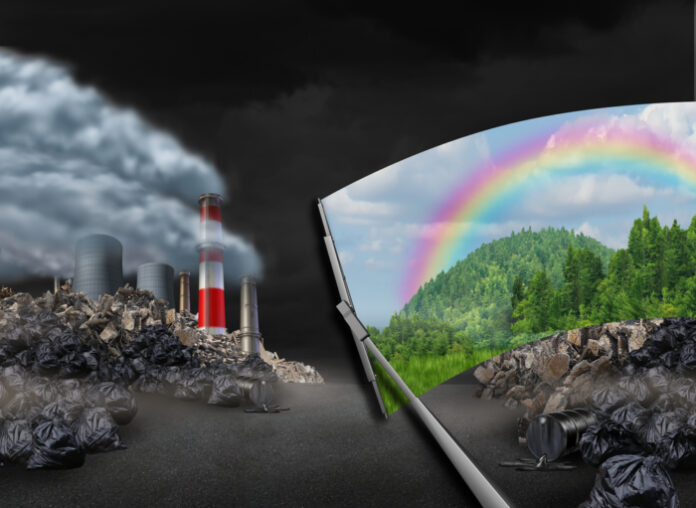What is the GHG protocol? The GHG protocol is a set of guidelines that are used to determine the level of GHG emissions in an area and how much GHG it takes to produce one kilogram of carbon dioxide. In 1948, these standards were developed by the International Energy Agency (IEA) and have been updated several times since then.
Effective GHG Guidelines
GHG guidelines have been modified to include new energy efficiency and emissions reduction standards. The guidelines also guide on using renewable GHG protocols in three areas: Scope 1, 2, and 3. Scope 1 is choosing the right product to buy and minimizing your impact on the environment.
Scope 2 is reducing what you do to the environment and creating less waste. For example, using reusable grocery bags instead of plastic bags. Finally, Scope 3 is donating your extra time and money to organizations that are trying to preserve the planet for future generations.
GHG Protocol Scopes 1, 2, and 3
These are the three scopes of the GHG protocol and how you can choose your path.
The First Scope
The goal of this protocol is to reduce GHGs by 80% from 2010 levels by the end of 2050. The GHG protocol will achieve this goal through a combination of reducing emissions from the energy sector, increasing energy efficiency, and increasing the uptake of renewable energy.
The way scope 1 works is by identifying and characterizing GHG sources, sinks, and greenhouse gas effects. Subsequently, it aims to measure the concentration of GHGs in the atmosphere and determine their effect on global warming. Finally, it then predicts how long it will take to reach a given level of global warming if the level of CO2 emissions continues to increase. This will be followed by an estimation of how bad the problem will get if steps are not taken.
The Second Scope
An ideal protocol must include a mechanism for reporting and managing progress toward meeting the goals of Scope 1. This scope describes the second phase of work in the development of a protocol for reducing greenhouse gas emissions from businesses.
Scope 2 of the GHG Protocol (environmental management practices) guides how to integrate an aspiration to reduce GHGs into existing programs and processes. This scope includes recommendations regarding the integration of greenhouse gases (GHG). It also addresses reduction through other sustainability objectives, such as land use and biomass production, renewable energy development, climate resilience, and economic development.
The Third Scope
The GHG Protocol is a customizable, actionable framework to enable organizations as they attempt to identify, quantify, and manage greenhouse gas emissions. Its design is simple to use yet powerful enough to help organizations see the big picture.
In some cases, only specialized tools or consultants can offer this service. The Scope 3 GHG Protocol provides a comprehensive range of metrics covering 16 energy classes. These energy classes include natural gas, propane, electricity, heat, cooling, heating, and refrigerant in general-purpose gasses. It also includes hydrocarbons in petrochemical industries and fuel oil.
Three life cycle phases (product life cycle, operational maintenance, and disposal), and five end-of-life stages (resource depletion) are also put into consideration.
Bottom Line
Now you know the three Scopes of the GHG protocol. Adhering to them and implementing them is vital for healing the earth. This would help make the environment better and drastically reduce the rate at which nature deteriorates.
Find a Home-Based Business to Start-Up >>> Hundreds of Business Listings.

















































